Direct Monitoring of Operating Status
1. Noise and Vibration: During normal operation, the motor noise is stable and the vibration amplitude is low. Abnormal increases or metallic clanging sounds often indicate accelerated wear of bearings, rotors, or transmission components.
2. Temperature Increase: If the Wall Breaking Machine Motor casing temperature significantly exceeds the design rating after prolonged operation, it indicates poor internal heat dissipation, possibly due to bearing lubrication failure or aging insulation materials.
3. Power Deviation: A consistently higher actual power than the rated power indicates increased motor load, often accompanied by increased mechanical resistance or decreased efficiency of electrical components.
4. Start-up/Stop Abnormalities: Delayed start-up and slow recovery after shutdown often indicate aging of capacitors, starting windings, or control circuitry.
Key Components for Visual Inspection
1. Wear of Roller Rings and Support Wheels: The friction surface of the roller rings should be smooth and without grooves; the wear of the support wheel should not exceed 1.5% of its original diameter, and the thrust wheel should not exceed 3.5%. Exceeding these limits indicates a critical lifespan.
2. Bearings and Seals: Significant wear, cracks, or lubricant leakage in bearings, blade shafts, and seals indicates that internal rotating parts are nearing failure.
3. Housing and Insulation Materials: Cracks or deformation on the housing surface, or aging, yellowing, or embrittlement of the insulation material, all indicate structural degradation caused by long-term motor operation.
4. Electrical Connections: Check for loose or oxidized terminals and solder joints. Loose connections lead to increased resistance and overheating, a warning sign of declining lifespan.
Performance Parameter Comparison and Evaluation:
1. Rated Speed vs. Actual Speed: Compare the factory-specified speed with the measured speed. A significant decrease (>5%) may indicate increased internal mechanical resistance.
2. Efficiency and Power Factor: If the efficiency measured by the power meter is more than 90% of the factory efficiency, it indicates increased internal friction or electrical losses.
3. Temperature Rise Curve: Perform no-load and full-load temperature rise tests according to standards. If the temperature rise exceeds the design limit by more than 10°C, the motor's lifespan is considered nearing its limit.
4. Lifespan Test Results After conducting a lifespan test according to the "Technical Specifications for Evaluating High-Speed Blenders," check for severe wear on the bearings, blades, and seals. If such wear is observed, the motor is considered to have reached the end of its service life.
Comprehensive Judgment Based on Maintenance Records and Service Life
1. Cumulative Operating Time If the cumulative operating time exceeds 80% of the manufacturer's recommended design life (generally 5-8 years), the above indicators need to be checked closely.
2. Repair and Replacement History Record the types and frequency of parts repaired or replaced each time. Frequent replacement of critical components (such as bearings and seals) indicates that the motor has entered the aging stage.
3. Load and Operating Environment Long-term operation under high load, humid, or dusty environments will accelerate insulation aging and mechanical wear, requiring a corresponding reduction in the service life assessment threshold.
4. Manufacturer Technical Support The technical services and testing reports provided by Cixi Xinhao Motor Co., Ltd. can serve as official lifespan assessment evidence. Regular testing is recommended for professional evaluation.


 English
English عربى
عربى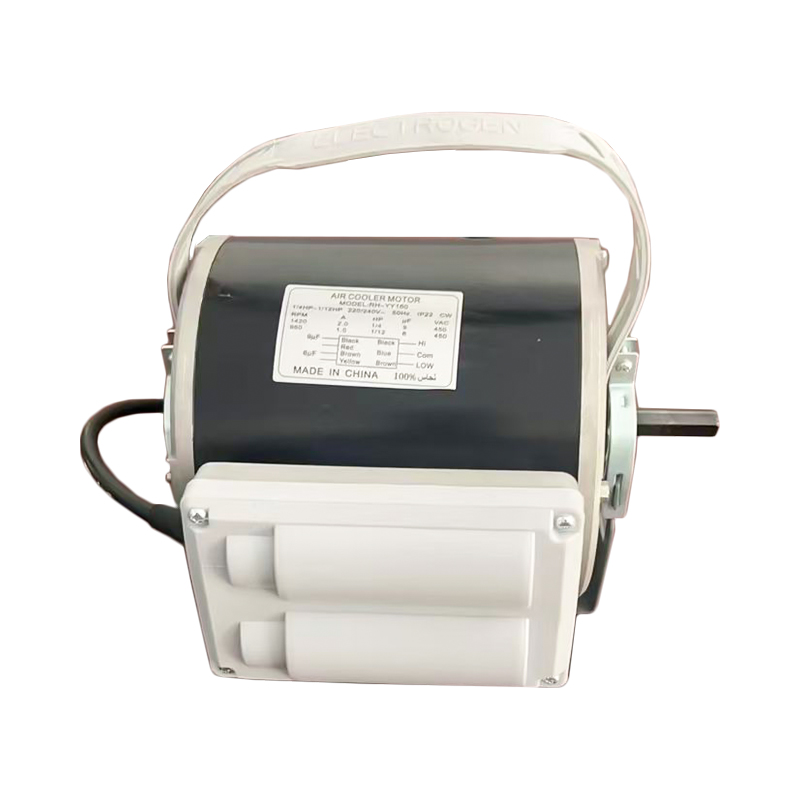
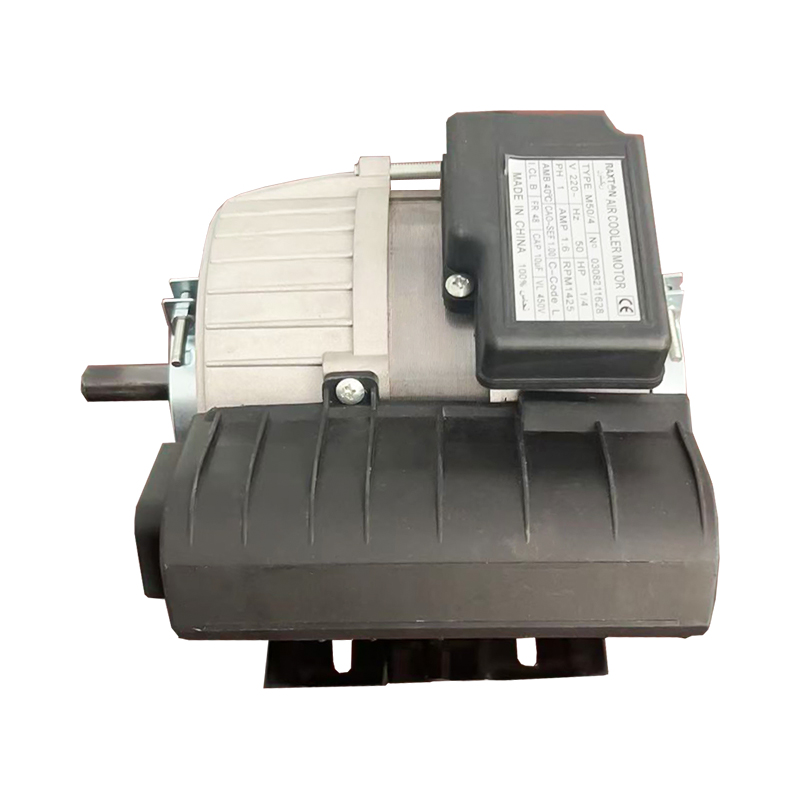
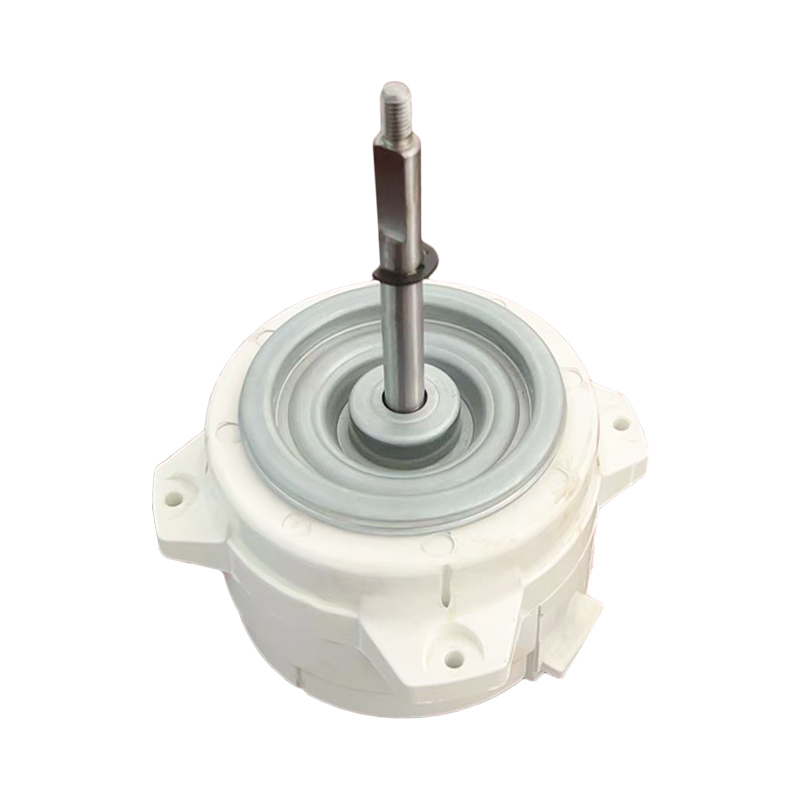

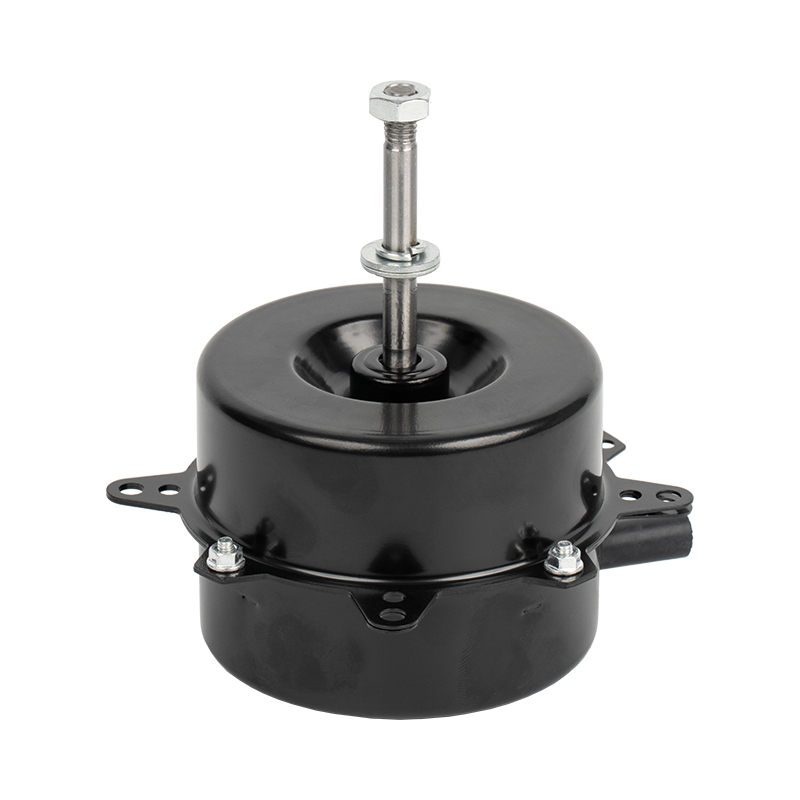
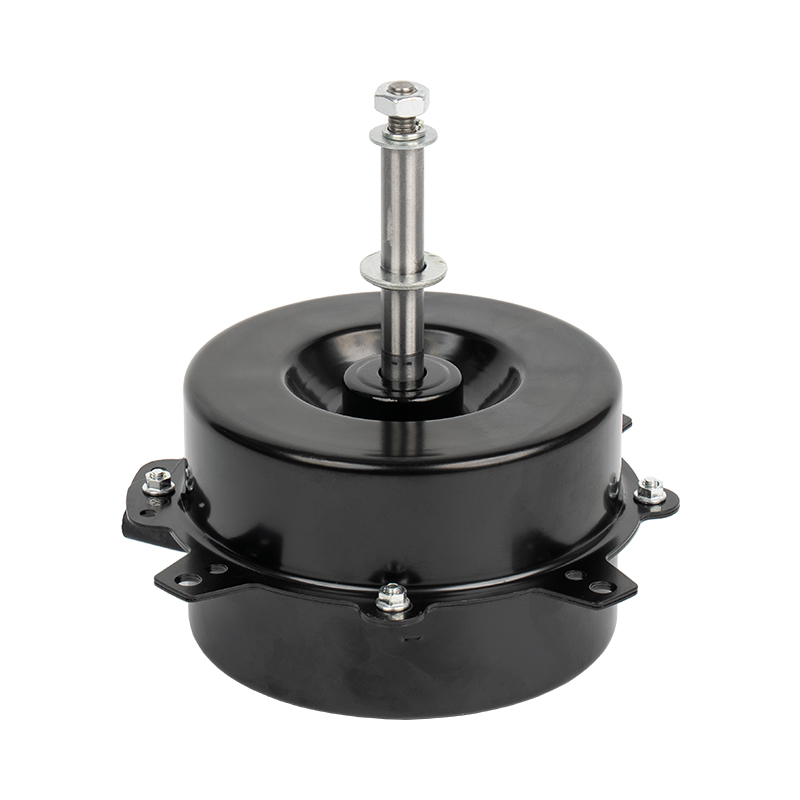
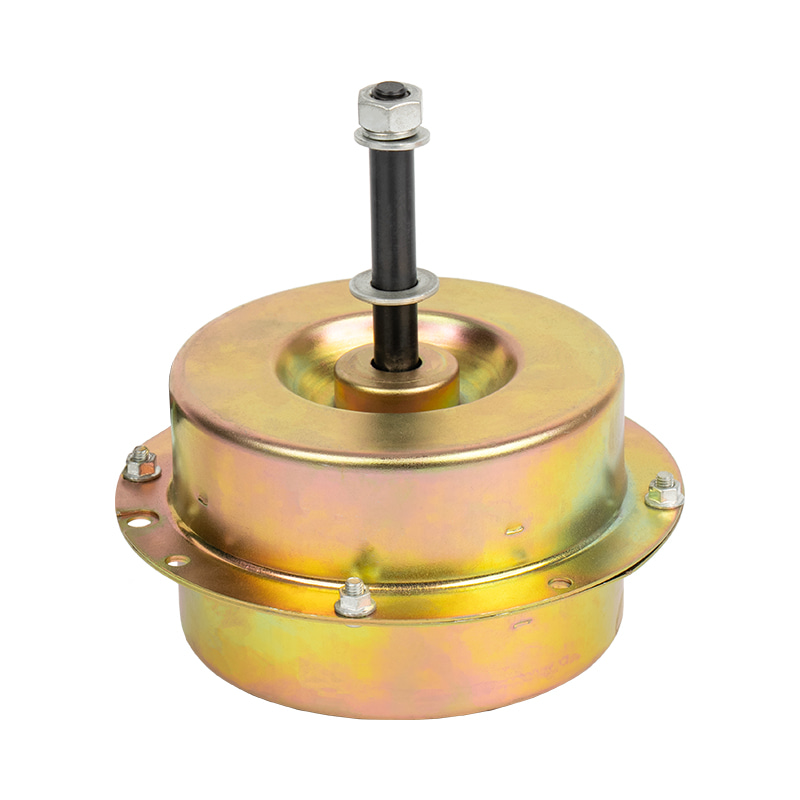
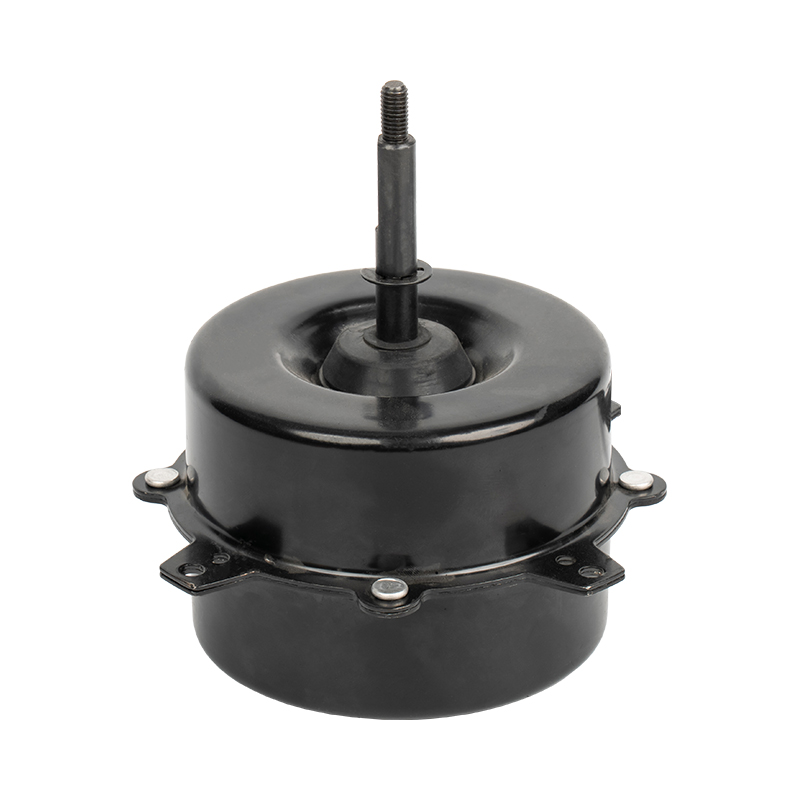
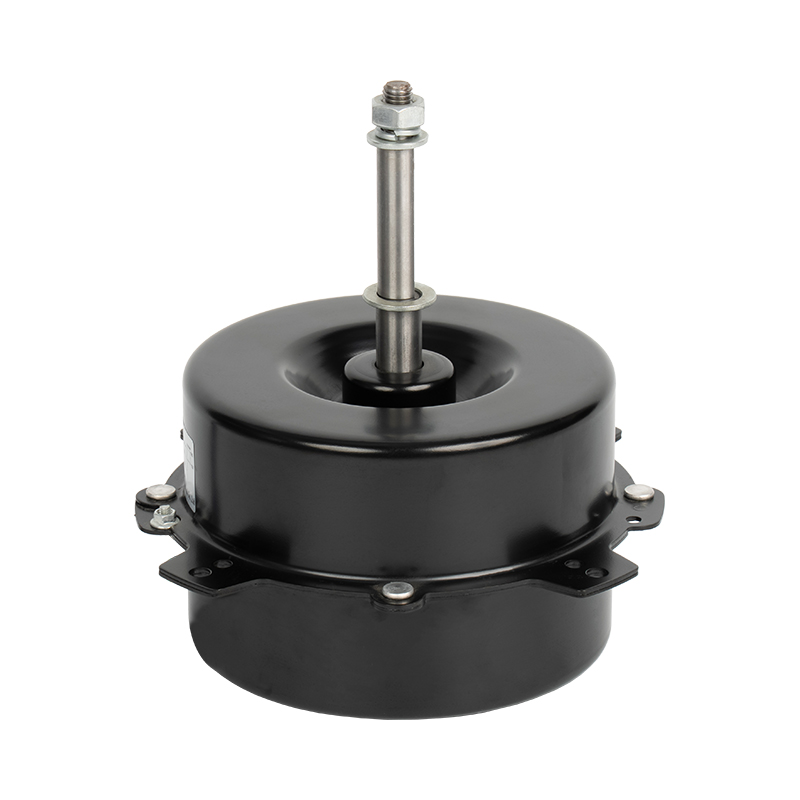
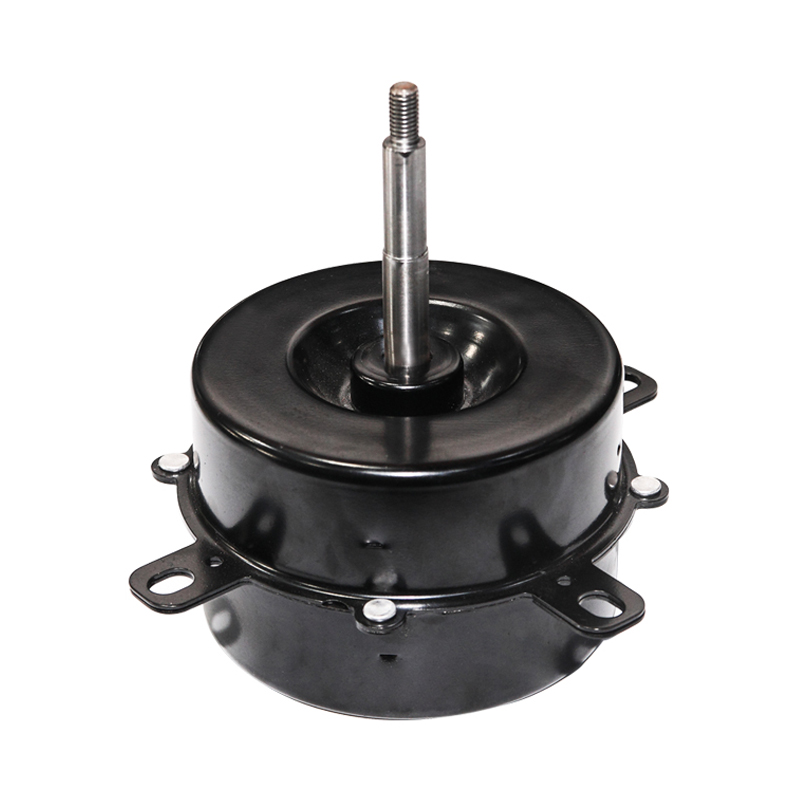
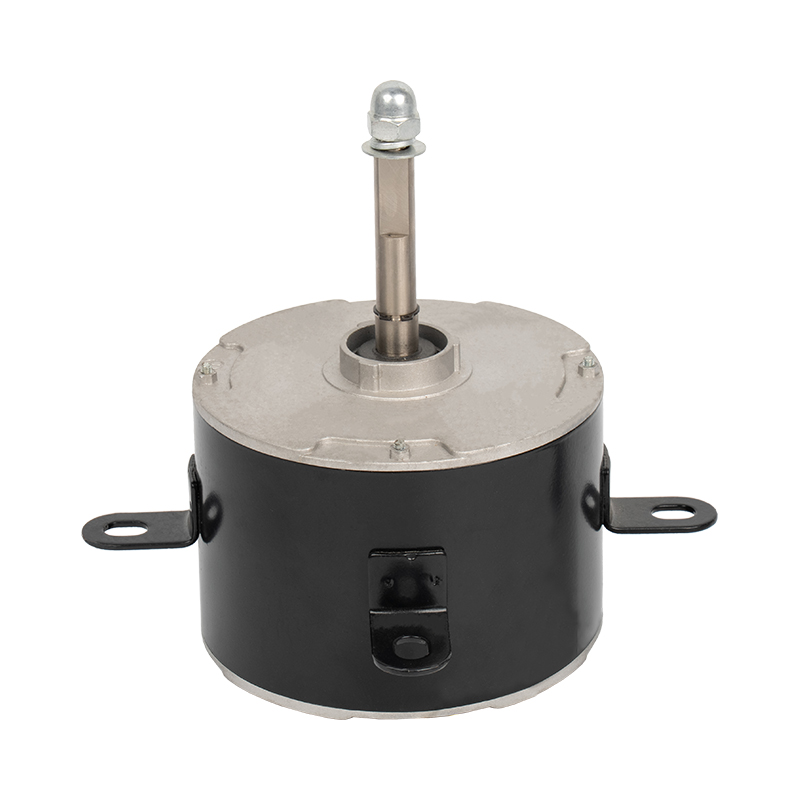



 Home
Home  Tel.: +86-13819807486
Tel.: +86-13819807486 Whatsapp:+86 13819807486
Whatsapp:+86 13819807486 E-mail:
E-mail: 



